By Justin Gerard
In my last post I gave a preview of this month’s painting describing a situation we’ve all been in before: You’re making your way down to the grocery store for pop tarts and there’s a some dragon blocking the pass.
Today I will be going through a few of the development stages for this painting so you will hopefully get a feel for how you might get around something like that.
Line Drawing
The 16″ x 20″ drawing was done on reliable Strathmore 500 vellum bristol. Still one of my very favorite papers to watercolor on. It’s only flaws: it is too nice to people, and works too hard while on the job.
Digital Color Comp
My color comp is fairly saturated here, and laughably ambitious for a watercolor on bristol. I may want to get this saturated in watercolor, but I’m not an actual wizard. I’m just an average guy who won a wand and pointy hat in a game of No Limit Texas Hold ‘Em once while running guns in Peru. I know good and well that when it comes to it I likely won’t hit this kind of saturation in watercolor, so here I am mainly planning around my final digital image.
While I am working in watercolor I will print out a black and white version of this color comp to use as a general value guide. I will revisit this color comp when I scan the final image in.
Watercolor
Finished Watercolor detailed in Acryla-Gouache
After finishing the watercolor itself I lay in opaque passages and highlights using Holbien Acryla-Gouache, which blends really well with watercolor. It offers the smoothness of gouache, but the permanence of acrylic. You can see in the images above how much of the detail and dimensionality the Acryla-gouache pass brings to the image.
I will say that this product is noticeably less smooth than gouache and watercolor alone, but I find that I have an easier time controlling it than I do gouache. It works well for what I need it to do.
The image below shows the stages of the painting:
- The order of events:
- Drawing in Caran D”Ache Pablo Pencils
- Watercolor and Acryla-gouache
- (Photoshop) Multiply and Soft Light Layers
- (Photoshop) Color Dodge layers
- (Photoshop) Screen layers with saturated colors
- (Photoshop) Opaque Normal layers
There isn’t a great deal that changes from the watercolor to the digital final. It is mostly that the values and colors are punched up and sharp details refined. (However, this last part is hard for me to overstate. I have the approximate vision of a mole rat or a very deep sea-dwelling creature. Being able to zoom in close to the image means that I can finally give these details the treatment they deserve.)
The bulk of the time is spent working on highly transparent layers to bring more vitality and dimensional heft to the image.
Let me know in the comments if you have any questions!


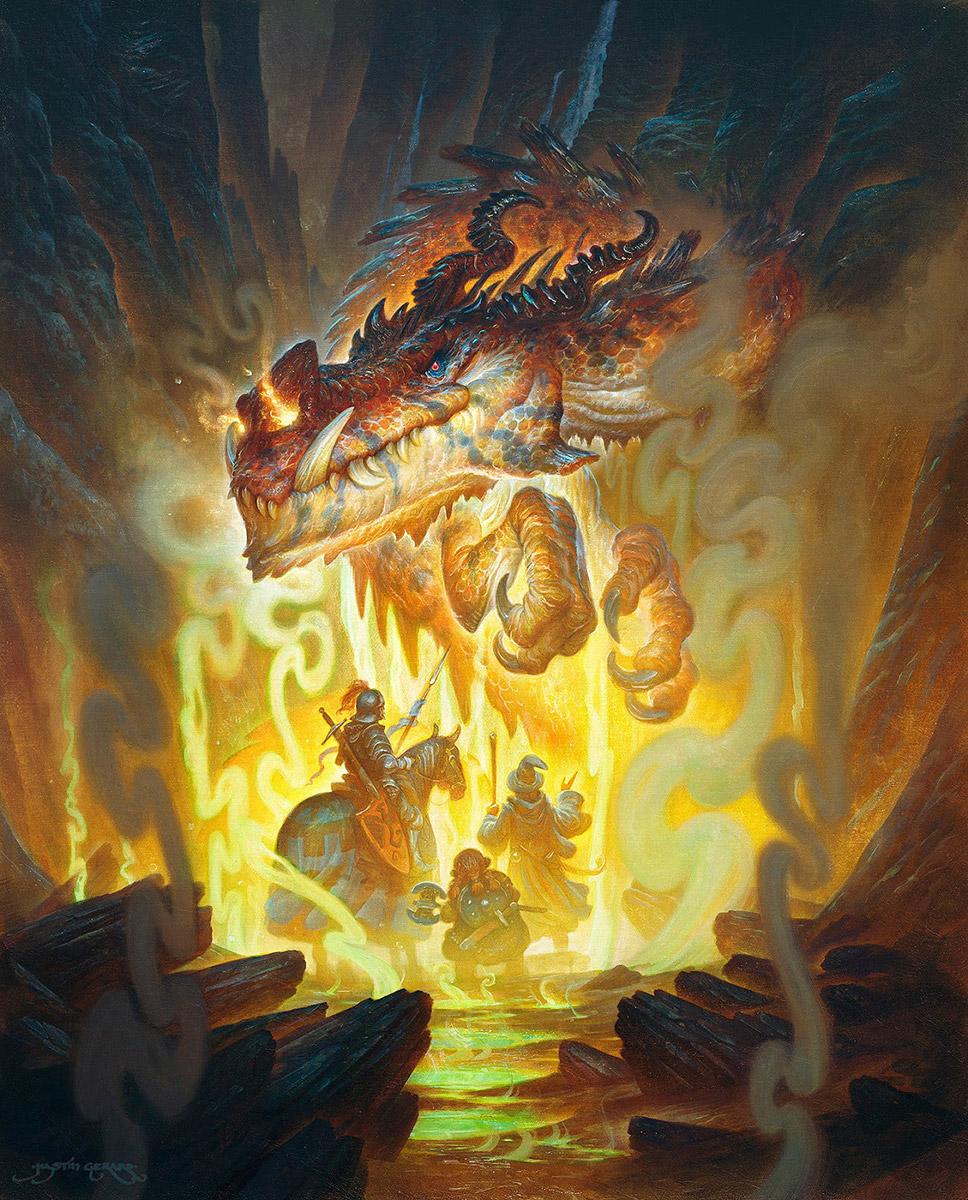
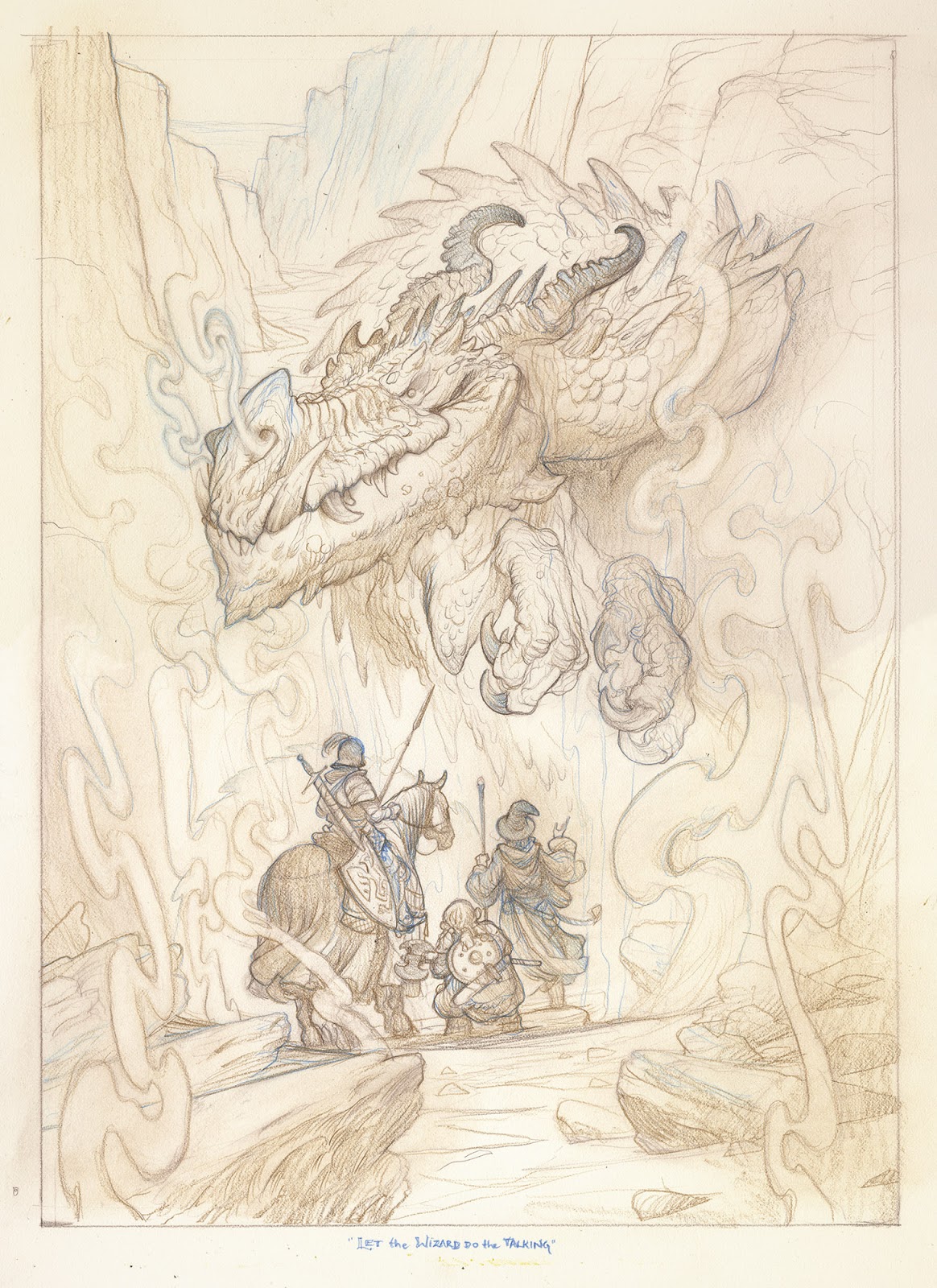
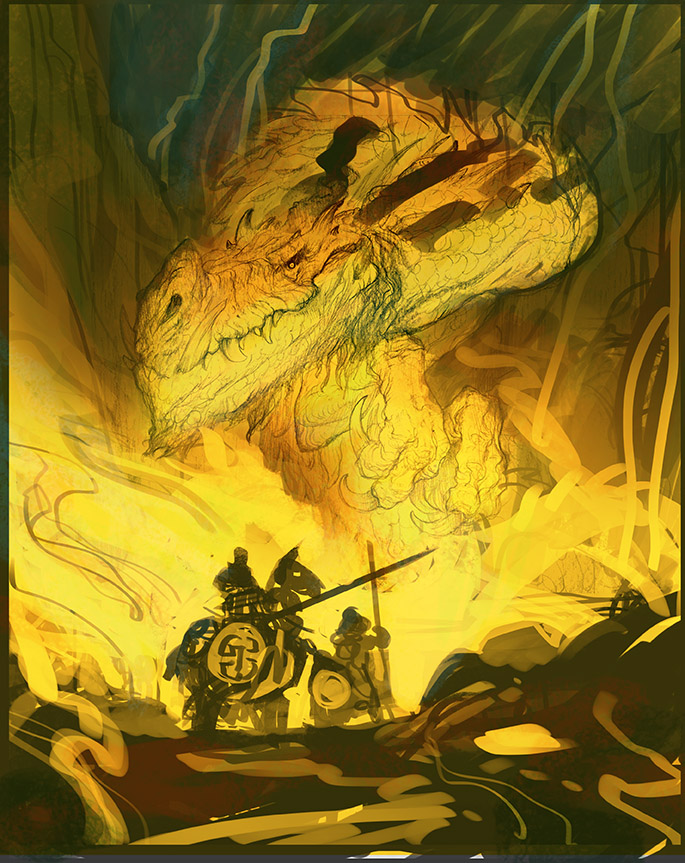
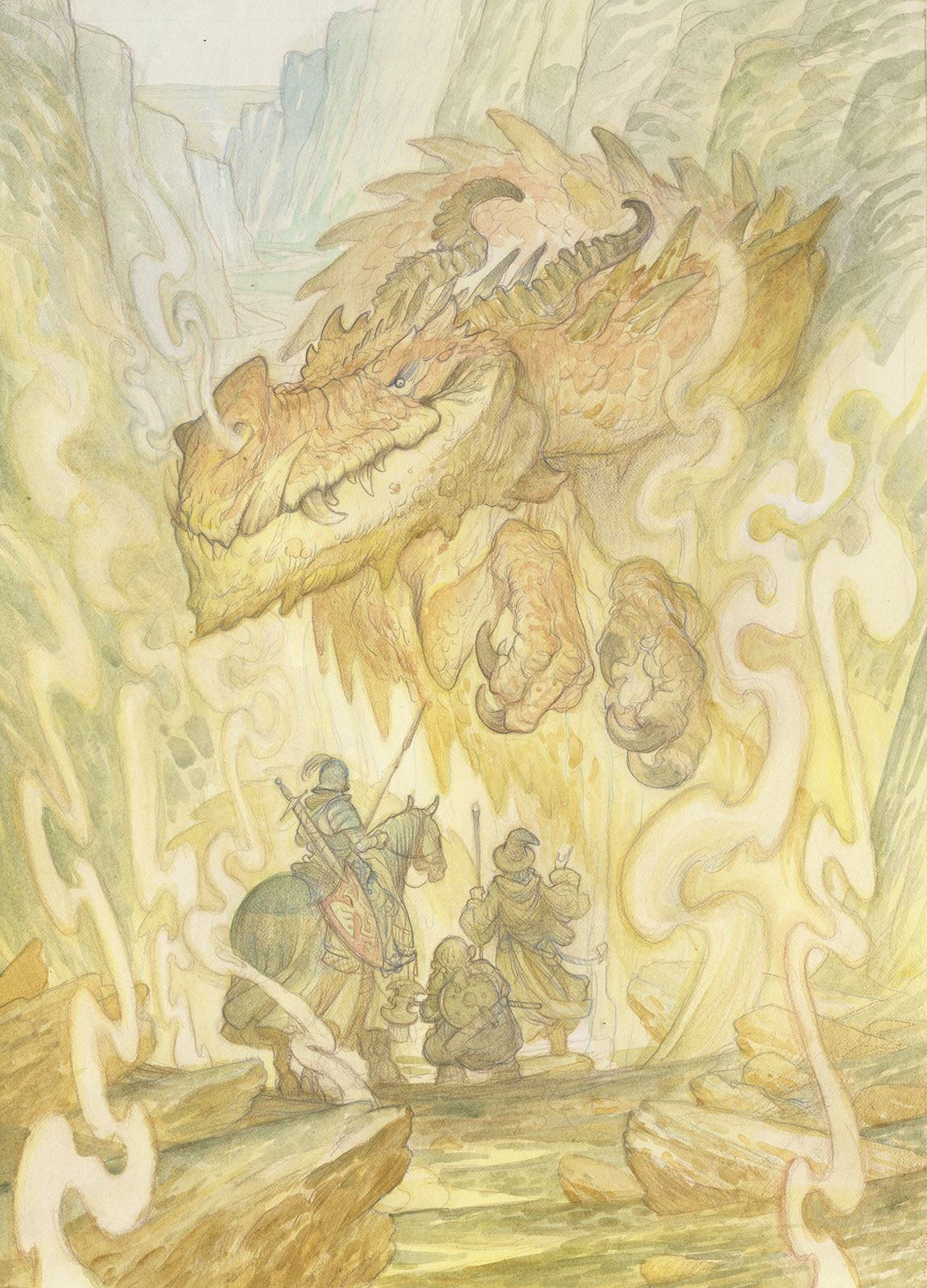



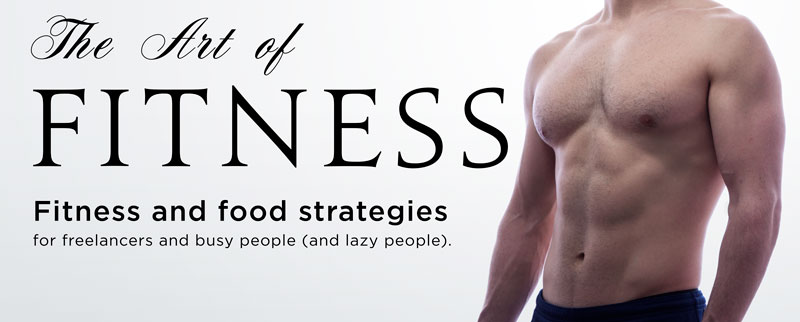
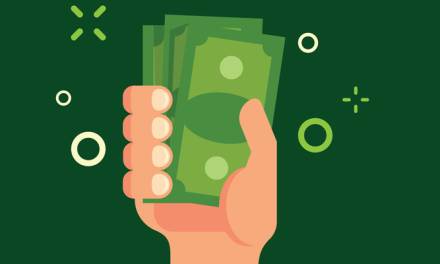
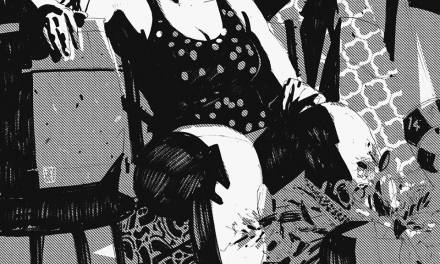
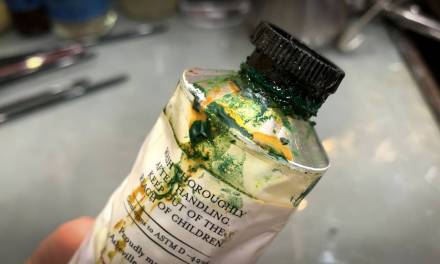
Thanks for sharing this Justin! That wand you won in Peru must have SOME magic left in it because this is awesome. The Acryla-gouache step holds up on its own, but I would love to see you elaborate on the photoshop steps that you used to give this a saturated punch.
Think my eyes want a cigarette now! 😉
That is one gorgeous painting! Full of life and the dragon character is captured perfectly … not too serious in his demeanor, yet full of heat and mischief. Love how there is some green to the puddles and fire – not ordinary fire.
While your watercolors can hold their own, this Acryla-gouache is making your underpainting a lot more 'substantial'. Is that why you are doing it?
Brilliant work!
I love this. So good Justin. Thanks for sharing the process and the large images.
Hi Haledorn,
That is a great idea! I'll go in to more detail about punching up color in PS next time.
Nice Justin!
Thanks Nicolay,
Yes to your questions! I find that the Acryla-Gouache really lets me bring more heft and dimension to the figures. It also allows for more shaping and carving than watercolor alone. Most of all though it just amounts to less opaque digital work later on which I think looks better.
I have been staring at this all morning. I would love to learn the PS techniques you were referring to. If you know of any tutorials I'd love to see it.
Always enjoy seeing your process Justin. I especially love the nostril flame and pops of blue you put in. Thank you for sharing.
Hi John,
I don't know of any other specific tutorials out there on this. I plan to cover how I go about saturating color in Photoshop in my next post though!